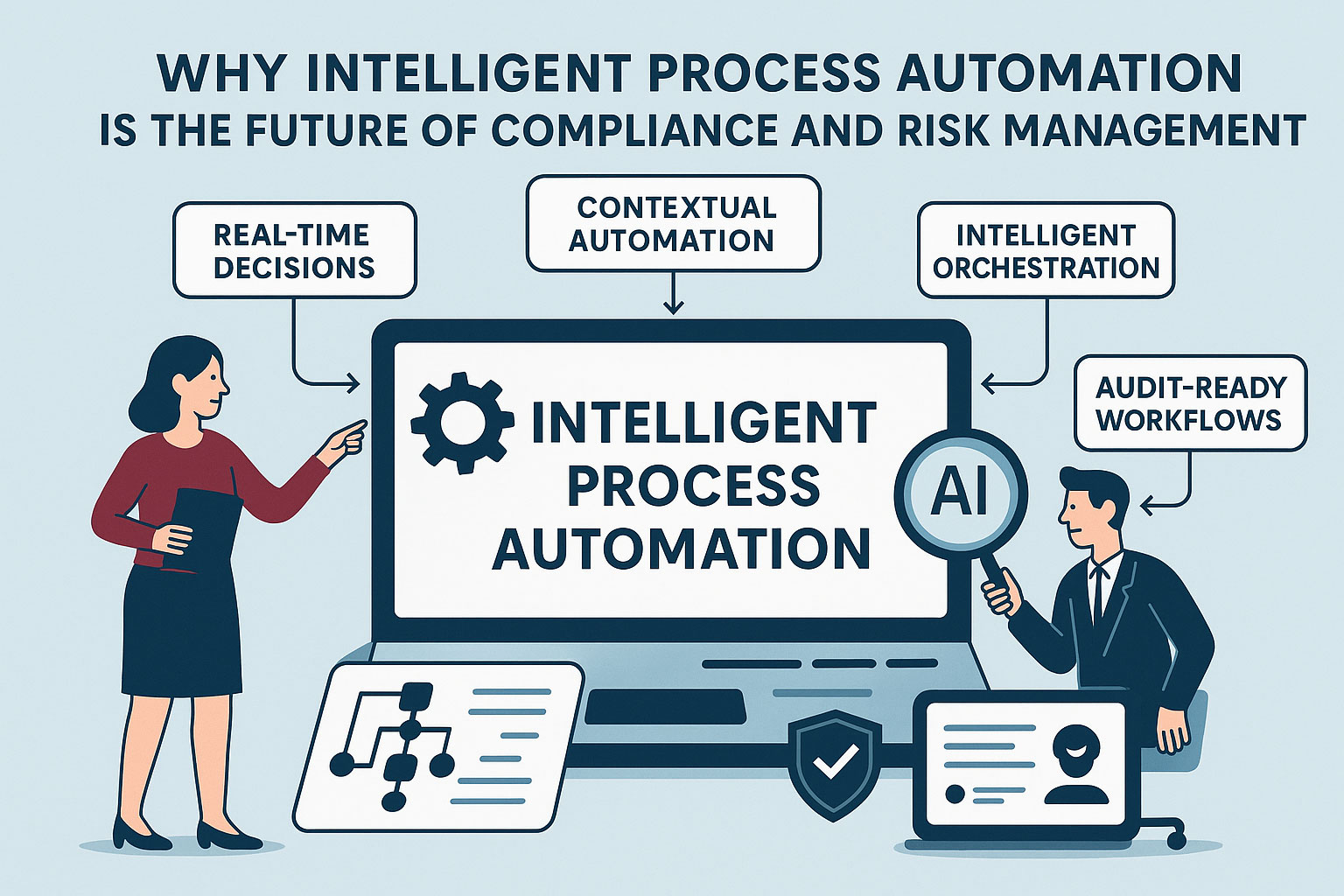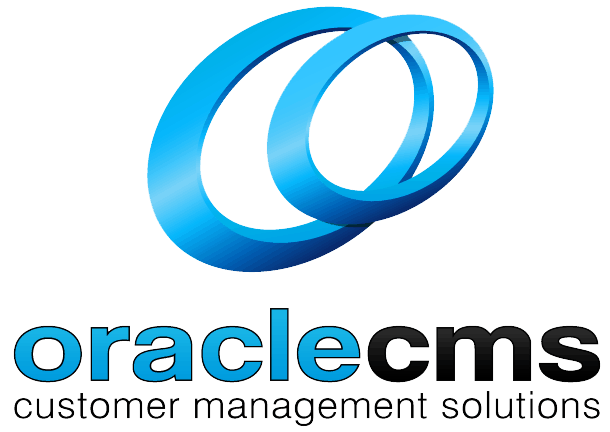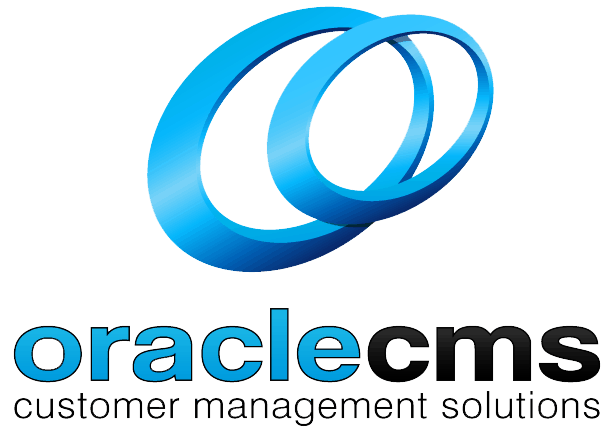
Why Intelligent Process Automation is the Future of Compliance and Risk Management
Intelligent process automation (IPA) blends robotic process automation, artificial intelligence, and decision logic to deliver smarter, more dynamic business workflows.
Unlike traditional RPA, which excels at repetitive rule-based tasks, IPA enables real-time decisions, contextual automation, and intelligent orchestration across systems.
This makes it particularly valuable in industries where compliance, risk management, and data governance are critical. For regulated sectors in Australia, the growing complexity of compliance requirements makes automation not just useful, but essential.
Intelligent process automation is now a core enabler for businesses seeking operational resilience and audit-ready workflows.
The Compliance and Risk Challenges Facing Modern Organisations
Businesses today are navigating a rapidly evolving regulatory environment. Industries like finance, healthcare, government, and insurance face heightened scrutiny around data privacy, service standards, and reporting accuracy.
With frameworks such as the Privacy Act, APRA Prudential Standards, and ISO 27001 shaping operations, non-compliance carries both financial and reputational risk.
Manual compliance processes often fail to keep up they’re slow, resource-heavy, and prone to human error. At scale, this creates operational drag and opens up vulnerability. Organisations need systems that can maintain real-time compliance across multiple channels and data sources, something IPA is uniquely equipped to deliver.
How IPA Supports Regulatory Compliance
IPA enables businesses to embed compliance controls directly into workflows. Processes such as document validation, identity checks, or approvals can be automated with built-in rule enforcement. When IPA detects a non-compliant action like missing consent or out-of-policy data it can trigger alerts, reroute the task, or halt processing altogether.
Importantly, every step in the process is recorded with timestamps, user IDs, and decision logic.
This not only supports real-time compliance but creates an auditable trail that satisfies regulatory and legal scrutiny.
IPA helps automate:
- Risk scoring and rule-based validations
- Consent verification and digital recordkeeping
- KYC (Know Your Customer) and AML (Anti-Money Laundering) checks
- Compliance documentation generation and storage
Data Governance, Audit Trails, and Traceability with IPA
Good compliance starts with good data management. IPA allows organisations to centralise how compliance data is collected, managed, and accessed. Every automated task can be tagged with metadata to ensure traceability for example, who triggered the process, what data was used, and what decisions were made.
This level of transparency enables businesses to respond quickly to audit requests, enforce internal controls, and demonstrate accountability across systems. With version control, role-based access, and encryption baked into workflows, IPA helps build trust in the data lifecycle.
Automating Risk Monitoring and Incident Management
Risk management is no longer a periodic assessment it must be continuous and proactive. IPA helps by embedding risk identification directly into operational workflows. The system can assess inputs, monitor behaviours, and identify patterns that signal non-compliance or potential breaches.
For example, IPA can flag transactions that exceed predefined thresholds or detect inconsistencies in claims data. Once detected, it can initiate the appropriate escalation protocol assigning ownership, triggering alerts, or locking the workflow until resolved. This allows organisations to respond to issues before they evolve into major incidents.
Key Industries Benefiting from IPA-Driven Compliance
Some sectors are especially reliant on IPA due to the volume and sensitivity of their data. In financial services, IPA streamlines regulatory reporting to APRA or ASIC, while also handling transaction monitoring and fraud alerts.
Healthcare organisations use IPA to protect patient privacy, manage consent, and ensure audit compliance with medical records. Government departments automate service delivery while ensuring Freedom of Information (FOI) compliance and public accountability.
In insurance, IPA supports automated claims processing, risk profiling, and policy compliance. Across these sectors, the benefits go beyond efficiency they extend to integrity, transparency, and trust.
The Difference Between IPA and RPA in Compliance Contexts
RPA performs well in static environments, handling predictable tasks like copying data or populating forms. However, most compliance processes are dynamic they require contextual decision-making, exceptions handling, and policy enforcement.
IPA introduces the intelligence needed to make these determinations automatically. With AI components like natural language processing or machine learning, IPA adapts to regulatory changes and tailors responses in real time.
This flexibility is crucial for sectors where rules evolve frequently or vary by jurisdiction. In contrast, RPA alone requires manual reprogramming each time policies shift, creating maintenance overhead.
Example Use Case: IPA in Action for Risk and Compliance
Imagine an insurance provider using IPA to streamline compliance checks for policy applications. When a customer submits a form, the system automatically cross-checks each data point against a compliance checklist: verifying identity, assessing risk exposure, and validating completeness.
If a discrepancy is found such as a missing date of birth or conflicting address the IPA bot pauses the workflow, flags the anomaly, and notifies a compliance officer. Once resolved, the process resumes and generates a compliance log with all actions recorded.
This kind of intelligent workflow reduces processing times, increases consistency, and ensures the company remains audit-ready.
How OracleCMS Helps Australian Organisations Strengthen Compliance with IPA
OracleCMS delivers end-to-end intelligent process automation services tailored for regulated Australian industries. From initial consultation through to post-deployment optimisation, we align IPA solutions with sector-specific requirements, including APRA, ASIC, OAIC, and ISO standards.
Our solutions are designed to integrate with both legacy systems and modern platforms, ensuring seamless data flows and reliable compliance management. With transparent reporting, proactive optimisation, and local expertise, OracleCMS turns IPA from a technology initiative into a long-term compliance asset.
FAQs
Q1: What makes IPA more suitable than RPA for compliance-heavy industries?
A1: IPA includes decision logic and real-time monitoring capabilities that RPA lacks. This makes it ideal for dynamic compliance workflows where rules may change or vary by case.
Q2: How can IPA reduce the cost of compliance for businesses?
A2: By automating routine compliance checks, documentation, and reporting, IPA reduces the need for manual oversight and helps avoid costly errors or regulatory penalties.
Q3: Can IPA be integrated with legacy systems and compliance databases?
A3: Yes. One of IPA’s strengths is its ability to work across both modern and legacy platforms, ensuring continuity while enhancing automation capabilities.
Q4: How does IPA help with data breach prevention and response?
A4: IPA can enforce access controls, monitor for abnormal behaviour, and trigger alerts in real time. It also provides full audit trails, supporting faster incident response.
Q5: What industries are seeing the highest ROI from IPA for risk management?
A5: Financial services, healthcare, government, and insurance are among the top sectors leveraging IPA for both compliance and strategic risk reduction.



